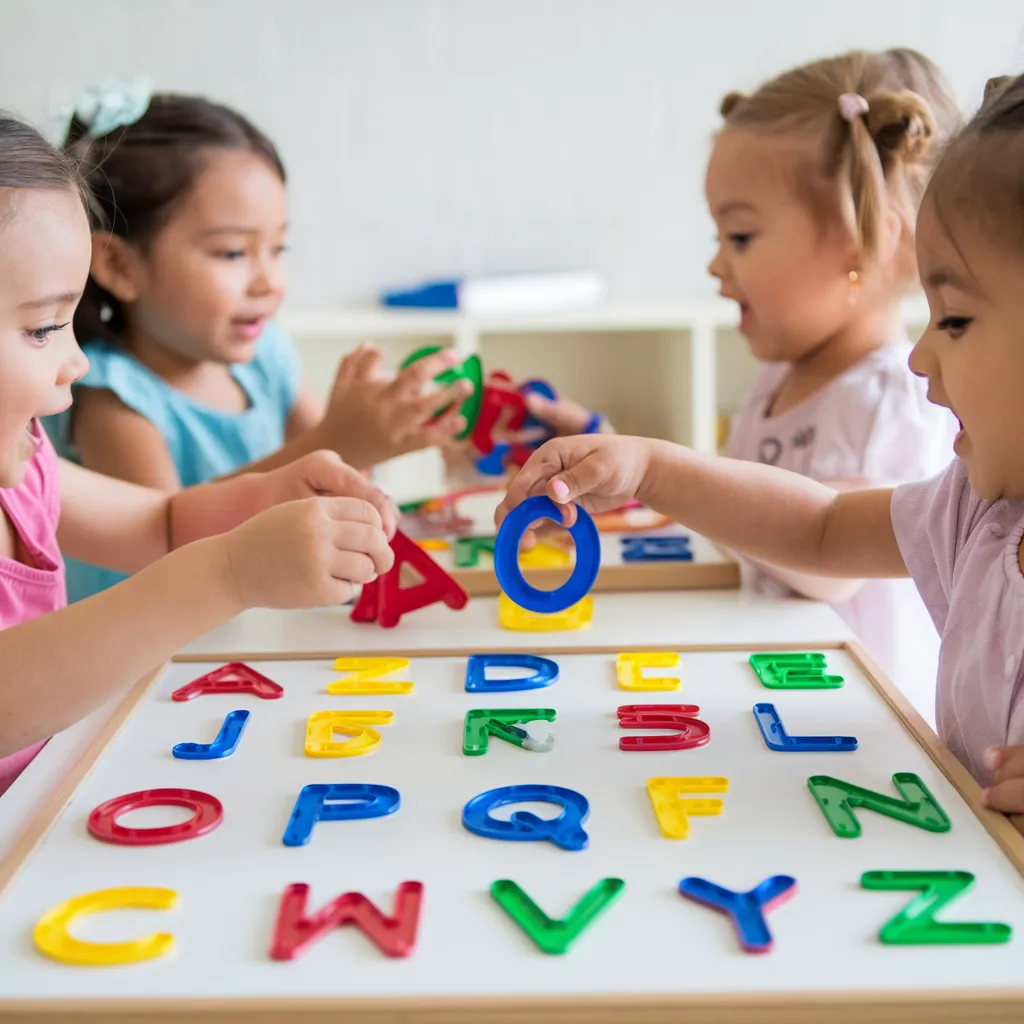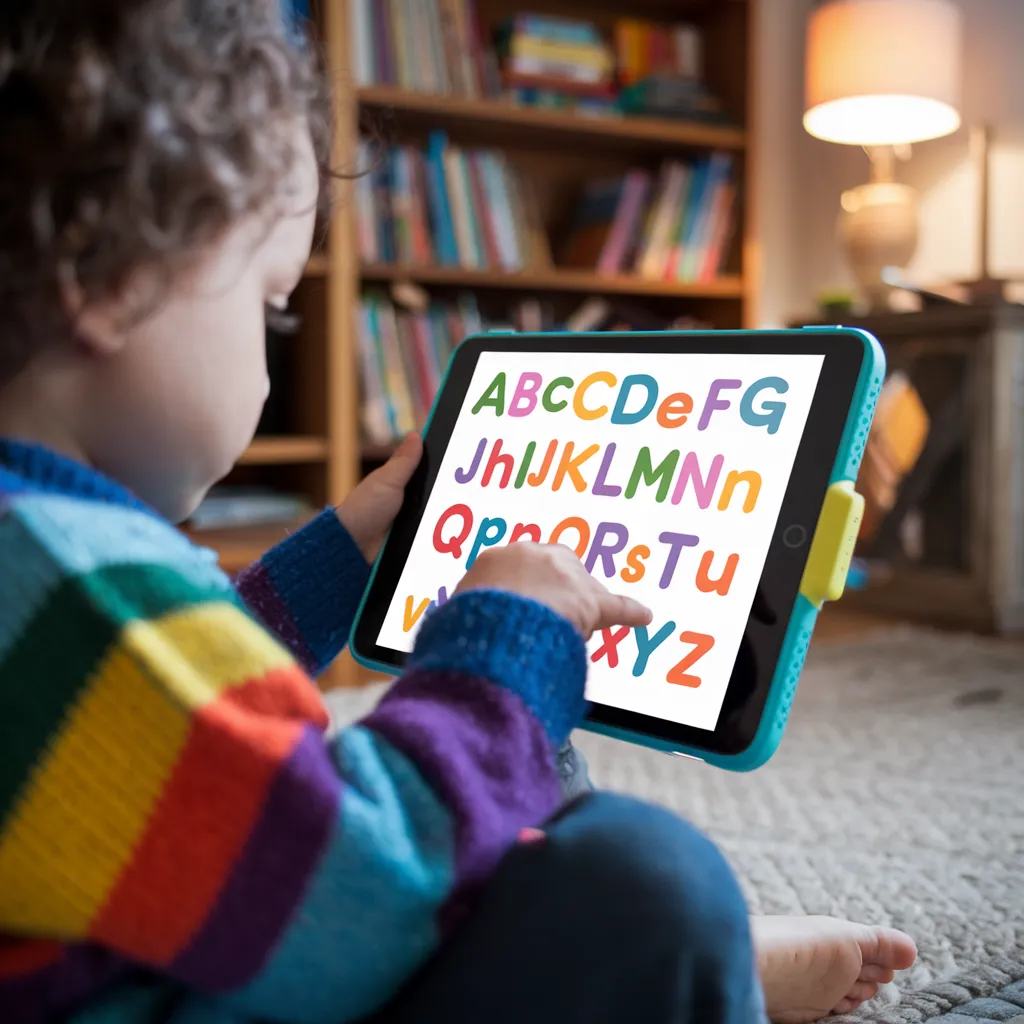Learning the alphabet is one of the most essential milestones in a child’s early education. It lays the foundation for reading, writing, and communication. For children, learning the alphabet should not be a boring task—it should be a playful, visual, and engaging experience. In this article, we explore how to teach the alphabet effectively, the best methods used in early childhood education, and how parents can support their child’s progress.
Why Learning the Alphabet Matters
The alph-abet is the gateway to literacy. When children learn letters, they also start to recognize sounds, syllables, and ultimately full words. This skill is vital for:
• Early reading and spelling
• Enhancing memory and visual recognition
• Building confidence in communication
According to research in early childhood education, children who learn the alph-abet before age 5 have a significantly better chance of excelling academically.
When Should Kids Start Learning the Alphabet?
Age-Appropriate Milestones
• 2–3 years old: Start recognizing shapes of letters, especially in their name.
• 3–4 years old: Can sing the alph-abet song and match some letters to sounds.
• 4–5 years old: Begin writing simple letters and identifying both uppercase and lowercase letters.
The best approach is gentle exposure, not memorization under pressure.
Top Methods to Teach the Alphabet
1 . Alphabet Songs and Music
Songs help children memorize letter order and sounds. The classic “ABC Song” is a favorite, but there are hundreds of interactive alph-abet songs online.
2 . Alphabet Games and Toys
Learning through play helps letters feel like fun, not a task. Magnetic letters, puzzles, and matching cards are great for home or school.

3 . Hands-on Crafts and Letter Tracing
Making letters out of play-dough, painting them, or tracing them with fingers improves motor skills and visual memory.
4. Hands-on Crafts and Letter Tracing
Books like “Chicka Chicka Boom Boom” or “Dr. Seuss’s ABC” make letter learning enjoyable through storytelling.
Technology and Digital Tools
Educational apps have made alph-abet learning more accessible and interactive. Popular tools include:
• ABCmouse
• Starfall ABCs
• Khan Academy Kids
These apps use visuals, music, voice instructions, and rewards to keep kids engaged.

Parents’ Role in Alphabet Learning
Tips for Parents
- Read daily to your child and point to letters while reading.
- Create a “letter of the day” routine.
- Label items at home with their first letters.
- Praise progress and keep sessions short but consistent.
Consistency and encouragement matter more than speed.
Challenges Kids Might Face
Common Difficulties
• Mixing up similar letters (like b and d)
• Trouble with letter sounds
• Short attention spans
Solutions
• Use visual cues and repetition
• Include movement games like letter scavenger hunts
• Be patient and avoid comparing children
Conclusion
Learning the alphabet is not just about memorizing 26 letters. It’s about unlocking a world of words, ideas, and confidence. By turning alphabet learning into a fun, consistent, and loving experience, we can help children build a strong foundation for lifelong literacy.
Keep it fun. Keep it simple. Keep it consistent.
Final Tip for Parents
FAQ – Alphabet Learning for Kids
Remember, children don’t need to learn all letters at once. Focus on one letter per day, mix it with games, and always celebrate progress. Turning learning into a positive experience builds confidence and joy in every child.
What is the best age to start teaching the alphabet?
Most children start recognizing letters between ages 2 and 3. However, every child is different—start when they show interest.
Should I teach uppercase or lowercase first?
Uppercase letters are easier to distinguish visually, so most experts recommend starting with them.
How long does it take for a child to learn the alphabet?
With consistent exposure (songs, books, play), most children learn the alph-abet within 6 to 12 months.
Can screen time help with alphabet learning?
Yes, when used wisely. Apps like ABCmouse or Starfall make learning interactive and fun, but should not replace hands-on learning.

This article was super helpful! I’ve been struggling to teach my son the alphabet in a fun way, and your “7 smart ways” made a real difference. We especially loved the hands-on letter crafts and the idea of a “letter of the day.” Thank you for sharing such useful tips!
Ping : Tracing Worksheets for Preschoolers: Essential Tools for Early Development 24 - smartkidsprintable